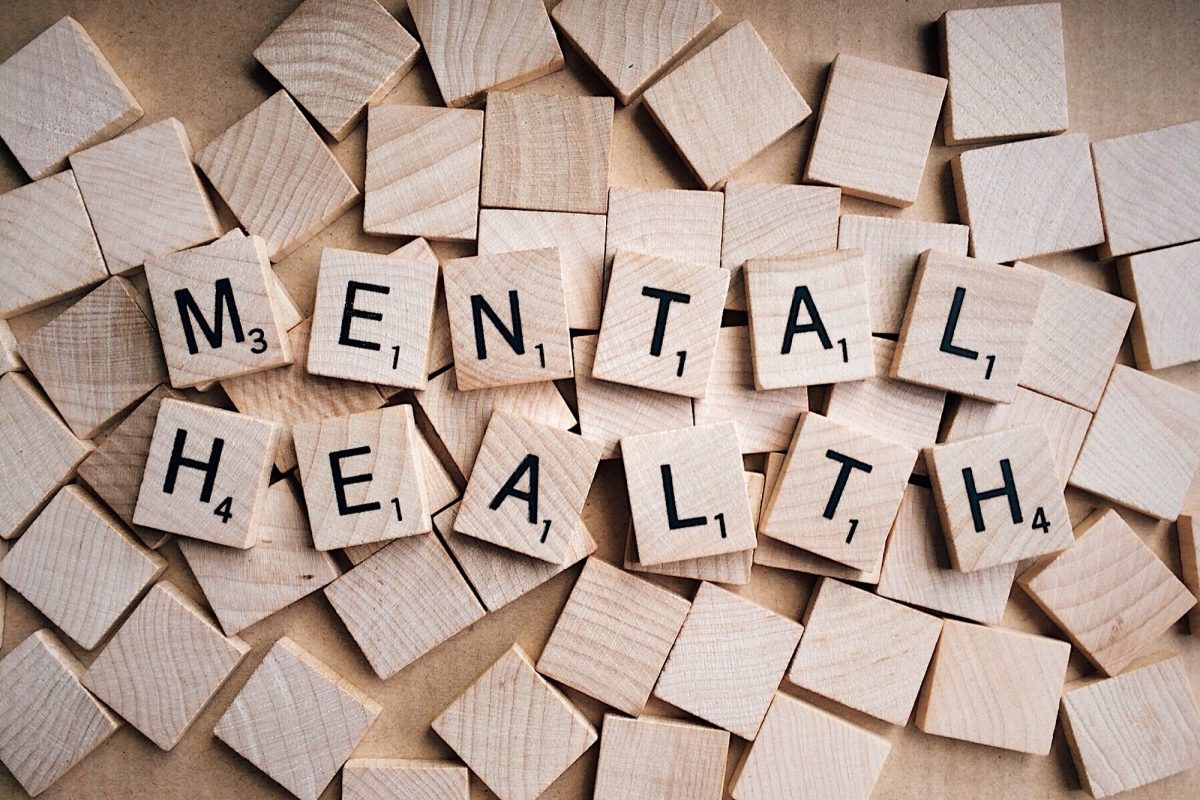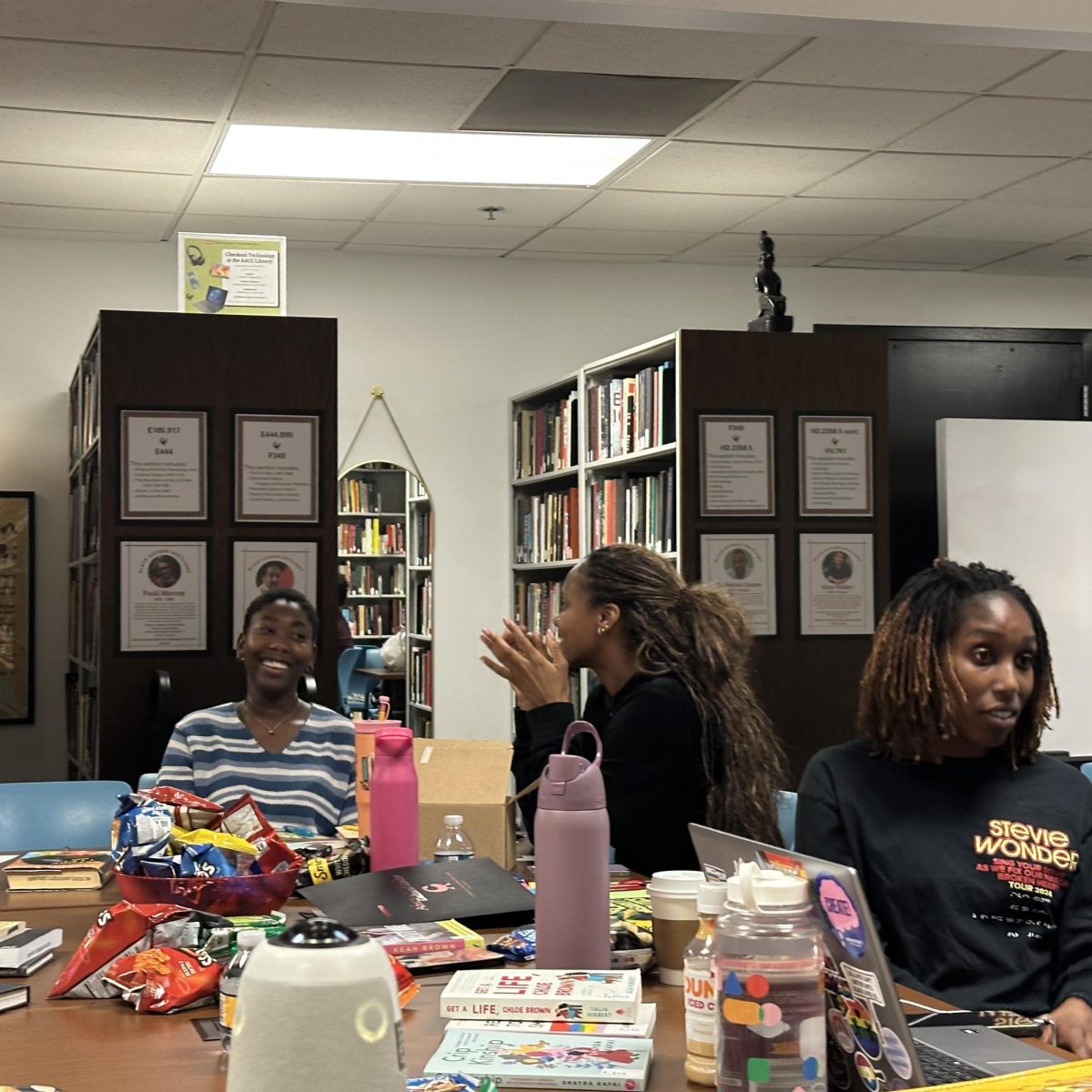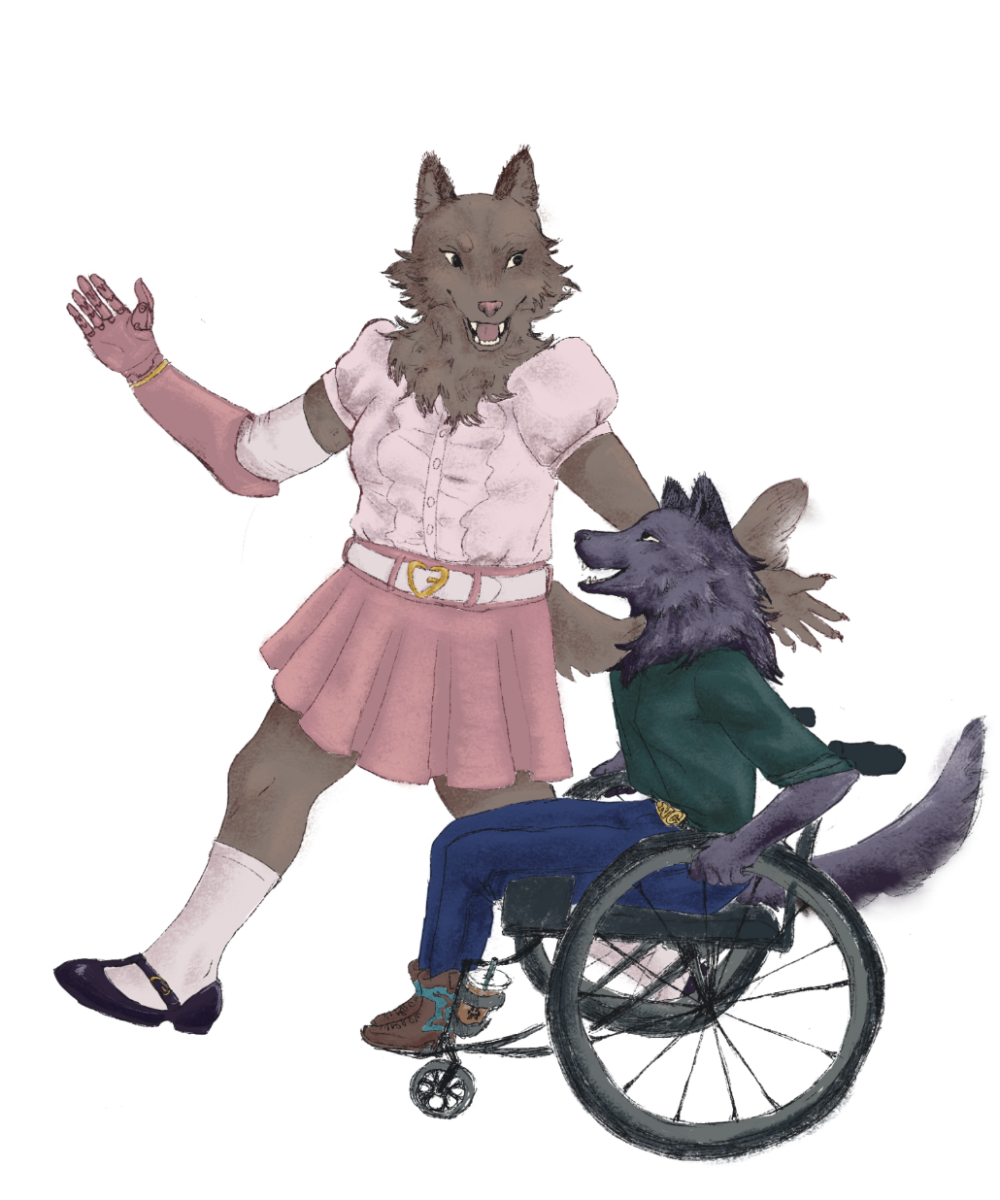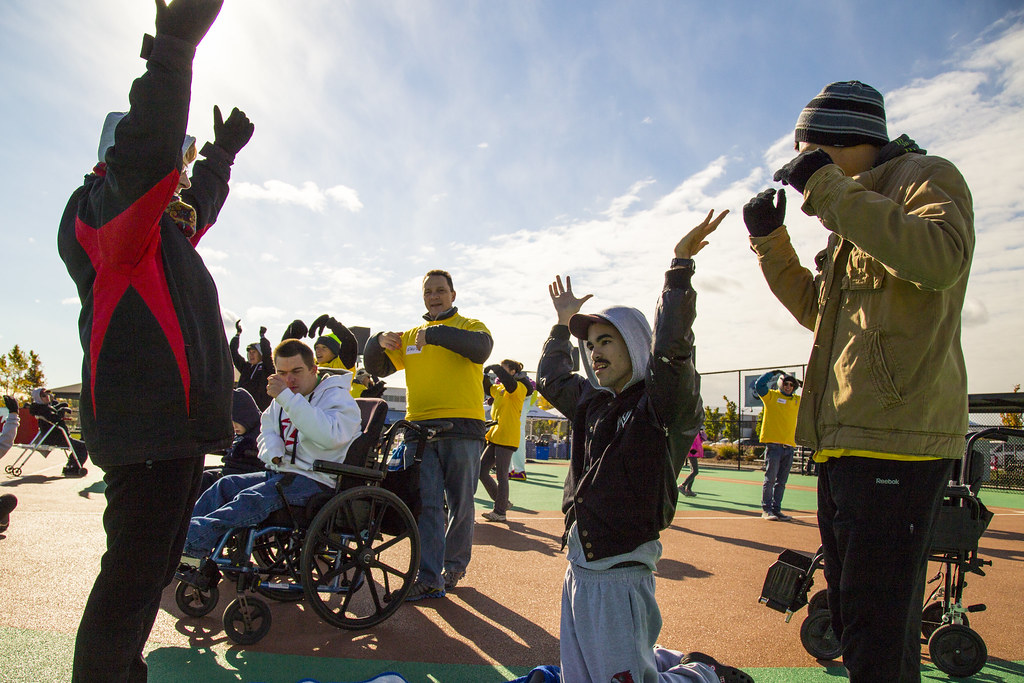Discussions about mental health on NC State University’s campus are not uncommon. Wellness days, wellness events, counseling centers and crisis prevention are advertised throughout the University — finding themselves in emails, course resource links and on social media posts. However, not all mental health issues stem from the same problems: an engineering student may have anxiety about daunting mathematical exams, while an English student may find themselves overwhelmed by the sheer amount of essays they need to produce. A variety of problems cause mental health issues for people.
Likewise, races and ethnicities are not monolithic in terms of how they experience mental health problems. Black and brown students may face colorism on top of racism. Immigrant students and international students may experience xenophobic rhetoric. People who are intersectional in their identities may also face a multitude of these problems.
This is a rising concern that students must ask NC State to direct their attention towards. How effectively does NC State address the mental health of its students of color?
With the news that important student spaces like the Black Male Initiative and Native Space villages are being taken away due to attacks on Diversity, Equity and Inclusion, students of color face additional stress. Beyond just what they face each day as marginalized people, the spaces that provide them with a critical and often hard-to-find sense of community on such a large campus, allowing them to feel less alone, are disappearing.
The NC State webpage about BIPOC Student Support still exists, however, this does not mean the problem is solved. The simple presence of words about student support is not synonymous with effective structural student support.
The webpage says, “Sometimes the best help comes from people who you identify with. These communities, organizations, and resources focus on mental health and general support if you’re African American, Asian, Latino/Hispanic, or Native American.” While this is the site’s official statement, deeper dives into the webpage show shameful gaps in the University’s understanding regarding the mental health of people of color.
The first link under the headline African American Student Resources — African American Communities and Mental Health — accessed on March 21, leads to a page on mhanational.org with the words “Oops! This page doesn’t exist.”
The very first link meant to address the mental health of Black students, who as of 2022, when NC State last shared demographic data, made up 6%, or over 2,000 of the students on campus, is a road to nowhere. This sends a clear and automatically discouraging message to Black students, making it evident that these resources are not checked regularly — that Black mental health must not be a real priority.
When considered alongside the newly confirmed removal of the Black Male Initiative Village, one must stop to question if NC State truly values the mental well-being of its Black students.
These consistent instances of overlooking the Black population on issue after issue can no longer be excused as one-off, isolated offenses. Rather, it is a pattern of neglect by the university.
Under Asian American Student Resources in the Mental Health/Wellness section of the page, the two links at the bottom — National Asian Pacific American Families Against Substance Abuse and A Guide to Addiction and Recovery for Asian Americans — both lead to the same site about generalized demographics and addiction.
In this generalized article, Asian people are not talked about in depth, and there is no mention of their different ethnic groups and nationalities. Furthermore, Pacific Islander populations are not talked about at all. The correct, specified guide to Asian American Addiction and Recovery can only be found in an entirely different article.
Missing pieces of information on addiction statistics and family support for Asian and Pacific Islander students, who made up around 7% of the student population in 2022, is not an oversight but rather reflective of broader themes of feeling isolated and alone in the face of struggle.
For Latin American / Hispanic Student Resources, the first link — National Latina/o Psychological Association –leads to a site about an organization for Latino psychologists to join. This website does not offer any discussion about accessing mental health resources for Latino and Hispanic communities; it is just a career-focused website.
Just because a website is about psychology does not mean that it is a resource for accessing mental health help. The lack of thought and care put into providing this page as a “resource” further underscores the issues regarding the university’s care for students of color.
This is a website for professionals, not for students seeking help, and it reflects yet another failure in the University’s “effort” in understanding Latino and Hispanic students — who made up around 7% of the student population in 2022 — struggles. Providing a misleading resource is just as, if not more, harmful than not providing one at all, serving as a slap in the face to the community. This also brings into question who compiled these resources, as a simple skim through this one website was enough to determine its lack of effectiveness. Was this section made with the effort that the Latino community deserves? Or was it just simply googling “Latino mental health” and attaching that first link?
In Native American Student Resources, under the Student Organizations category, the link to “Native Space: A living and learning initiative” is still up despite the Director of Strategic Communications and Media Relations for NC State, Mick Kulikowski, confirming plans to discontinue the space for the 2025-2026 academic year.
Native American spaces are under attack, an unfortunate reminder of the neglect for their community as a result of the new presidential administration targeting DEI programs. Having this link still on the website for resources gets hopes up for prospective students of Native American descent; it can leave them hurting when they realize the university has no place for them.
To keep up a link about an initiative that will soon be terminated is not just representative of a lack of concern for Native American students, but symbolizes losing community. This is more than just an oversight by the university, it signifies a final disregard for the Native American community.
Despite the presence of an Arabic Club, an Arab Student Organization and the Middle East and North African Student Association, NC State does not have a section offering support for its Middle Eastern students.
NC State not only has a minor available in Middle East Studies under Interdisciplinary Studies and an Arabic Studies department in World Languages and Cultures, but also over 10 courses concerning Arabic world language and literature. A university that opens discussions on Arabic culture but provides zero cultural mental health support for its Middle Eastern students comes off as alienating the very people that campus resources are made for.
The fact that these organizations exist despite the lack of actual cultural student support shows a disconnect in understanding on the university’s part. In other resource sections, different student organizations are listed, emphasizing how crucial it is to keep multicultural programs and initiatives. If NC State takes away the very programs that they themselves categorized as a mental health resource, what does that say about the university’s concern for mental health?
NC State is an amazing school, but it does not come without its failures — one of the most egregious of which is failing to pay attention to the mental health of racial minorities.
Mental health, particularly in a university where student deaths are known to happen frequently, is a large concern. Not updating the sources provided to help students is not just irresponsible; it is dangerous.
Not only must the administration work to address failing links, misleading resources and even the exclusion of an entire student demographic, but they must also ask themselves and take action on how to improve, ensuring these issues do not come up again.
For students, mental health is not just a small part of their lives. It can lead to making or breaking academic careers, pose a threat to physical health or even cost students their lives. The Wolfpack must come together to address these shortcomings, united in the belief that not a single person should be left behind.







